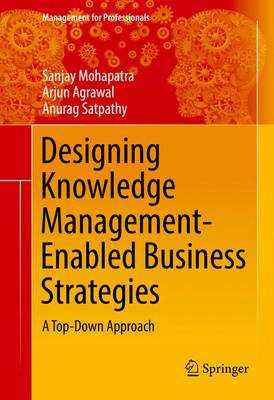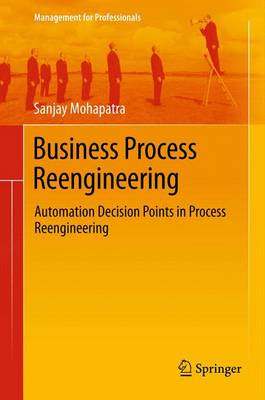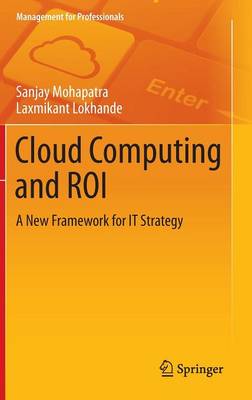Management for Professionals
4 total works
Designing Knowledge Management-Enabled Business Strategies
by Sanjay Mohapatra, Arjun Agrawal, and Anurag Satpathy
Knowledge management is a discipline that promotes an integrated approach to identifying, capturing, evaluating, retrieving, and sharing all of an enterprise's information assets. These assets may include databases, documents, policies, procedures, and previously un-captured expertise and experience in individual workers. Knowledge is considered to be the learning that results from experience and is embedded within individuals. Sometimes the knowledge is gained through critical thinking, watching others, and observing results of others. These observations then form a pattern which is converted in a ‘generic form’ to knowledge. This implies that knowledge can be formed only after data (which is generated through experience or observation) is grouped into information and then this information pattern is made generic wisdom. However, dissemination and acceptance of this knowledge becomes a key factor in knowledge management. The knowledge pyramid represents the usual concept of knowledge transformations, where data is transformed into information, and information is transformed into knowledge. Many organizations have struggled to manage knowledge and translate it into business benefits. This book is an attempt to show them how it can be done.
Enterprise Resource Planning
by K. Ganesh, Sanjay Mohapatra, and S P Anbuudayasankar
This book introduces the fundamental principles of understanding business requirements to apply enterprise resource planning (ERP) in order to meet business needs. The book also helps readers understand the usage of ERP for monitoring and controlling business processes, while providing practical oriented solutions to the design and implementation of ERP. Using the provided framework, a business can decide to provide more value at lower cost which increases its competitive advantage. This should be an ideal reference for executives, researchers and consultants in project management of ERP.
ERP can be considered to be an integrated package of business process. The scope of ERP determines the extent of automation of business process. For example if ERP covers Human Resource (HR) and finance business processes only, then business process related HR and finance are automated. Typically business process that are automated in HR and finance employee entry and exist process, allocation of employee ID, payroll, processing , income tax planning and actual deduction etc. There is seamless flow of employee data and information is available at an effectively faster rate to take appropriate decision.
As custom demand increases, there is a need to meet the changing scenario with speed and efficiency. While there is a need to increase productivity, there is also a need to reduce cost of operation. The repetitive business processes can be handled effectively by automating them and freeing human resources for meeting other uncertainties. These automations not only should be done for each department, but also should cut across different departments. Thus there is a need for automating business processes at enterprise level. This enterprise level automation started with MRP, then MRP II, ERP and then finally open source ERP have taken centre stage. Out of the standard products available in the market, an organization can chose an ERP product for implementation, depending on the features available and the total cost of ownership (TCO). This comparison helps an organization to choose the product that best suits the needs for the organization. Enterprise Resource Planning: Fundamentals of Design and Implementation highlights these concepts while discusses different good practices to design and implement ERP.



